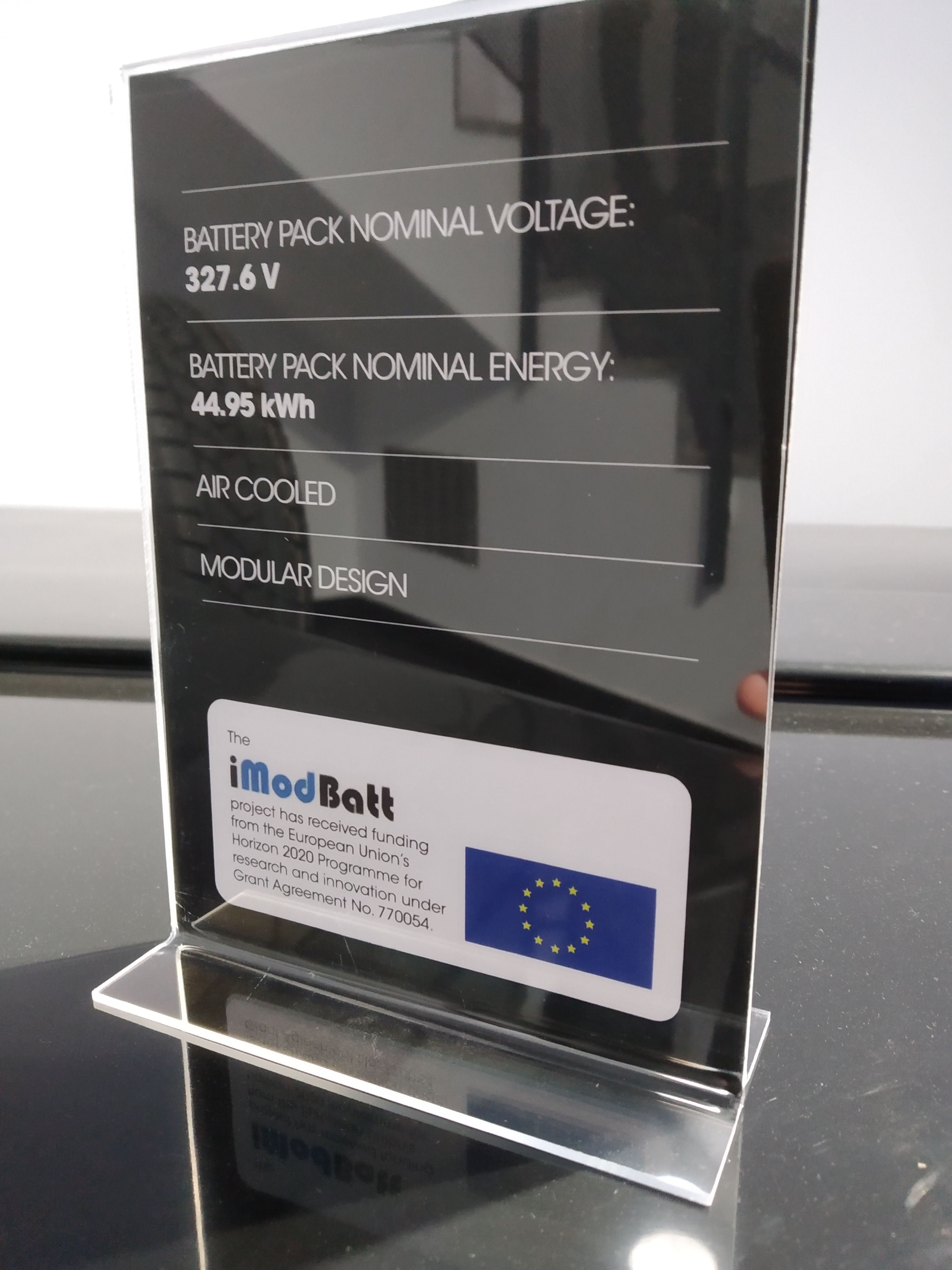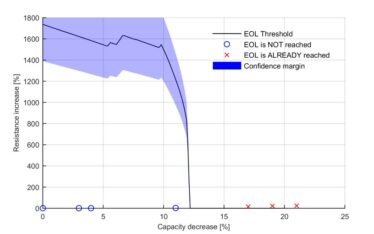Author(s): Iosu Cendoya (Cidetec), Oscar Miguel (Cidetec), Thierry Claudel (Tyva)
About how the European project iModBatt was boosted after a casual encounter between a French company and a Spanish research institution in an industrial exhibition in USA. Then, of course, hundreds of hours were necessary to match every piece.
The early beginning of the iModBatt project goes back to September 2016 with a -casual?- encounter between Tyva Energie and Cidetec Energy Storage at a well-known battery conference and exhibition in the USA.
Tyva had in display at their booth an eye-catching, modular battery pack concept with a promising potential still to be explored. In particular Tyva was aiming to jump from the <10kWh market to the next level with ‘’Tyva Moduloo” gen. nº 2 concept. Additionally, Tyva was willing to enter new markets including such as solar lightning, urban furniture, EVs, Electric Aircrafts, boats, robots or residential storage.
On the other side, in a context of customer-driven product development research projects, an interest was growing at Cidetec to explore some new ideas already in mind. The challenges were related to the interest detected in the market for an affordable, flexible and reliable battery concept that would be applied to various specific user cases. In the meantime, Cidetec was already gathering ample experience in FP7 and H2020, not only as a partner of several consortia, but also leading some large, battery technology related projects.
In this context, as soon as the topic “GV-06-2017 – Physical integration of hybrid and electric vehicle batteries at pack level aiming at increased energy density and efficiency” was published, it was quite evident that this was the opportunity that we were waiting for in order to combine all these issues. Moreover, we basically found ourselves in a fully qualified situation to lead a proposal.
First of all we tried to identify the core objectives of the topic, and also to highlight what was not in the scope of the topic. One of the main goals of the topic was to increase the energy density from a thermo-mechanical approach, with electrochemistry and battery management system development explicitly out of the scope. This picture was fine with our ideas. Hence, taking these clear statements into account, we focused on the idea of how to save weight in order to increase the energy density of the battery pack, and around this main goal we started to build the necessary value chain.
Having outlined such value chain for the project, it was time to populate it with partners of proven expertise. Then Cidetec and their core collaborators developed a group of candidate partners to fulfil every step with a special emphasis on the industrial approach. Most of the selected partners were already engaged in other EU projects and collaboration at that moment; hence, a smooth interaction and proactive attitude was taken for granted.
Once the core of the project was clear and the rest of partnership ongoing, it was critical to find an end user who would co-develop the product. In this sense, it was decided to focus on passenger cars. That is why a light electric vehicle manufacturer (e.GO) and a well-known European OEM (Renault) were contacted and our balanced Consortium convinced them to go ahead together in this Proposal. The combination of these two types of vehicles, together with a stationary concept by Tyva closed the loop.
After this process, the final picture for the project value chain and partnership looked like:
- Battery pack manufacturers (Tyva)
- Battery pack thermal-mechanical-electrical designers (Freemens, RWTH, MIBA)
- Thermal conditioning experts (MIBA, RWTH, AIT)
- Smart light materials experts (Rescoll, Cleancarb)
- Cell chemistry experts (Cidetec, RWTH, AIT, CEA)
- Production line designers (Proautomation)
- Battery pack integrators (e.GO, Renault, Hexagon)
- Battery pack testers (CEA)
- Recyclability and LCA / LCC experts (Accurec, Rescoll)
- OEMs (Renault, e.GO)
Finally the Consortium was definitively confirmed and on track. Then, we had just to do our best till the closing date of 2nd February 2017 to compete with the rest of colleagues in Europe.
It was with great pleasure that after a few months the iModBatt consortium got the news of a stimulating top score of 15 points out of 15 maximum.
The kick off meeting was held at Donostia-San Sebastian, home city for Cidetec Energy Storage in October ‘17, in an environment of high motivation to work together and to achieve the ambitious targets set, but also of consciousness of the high expectations cast over this project.





